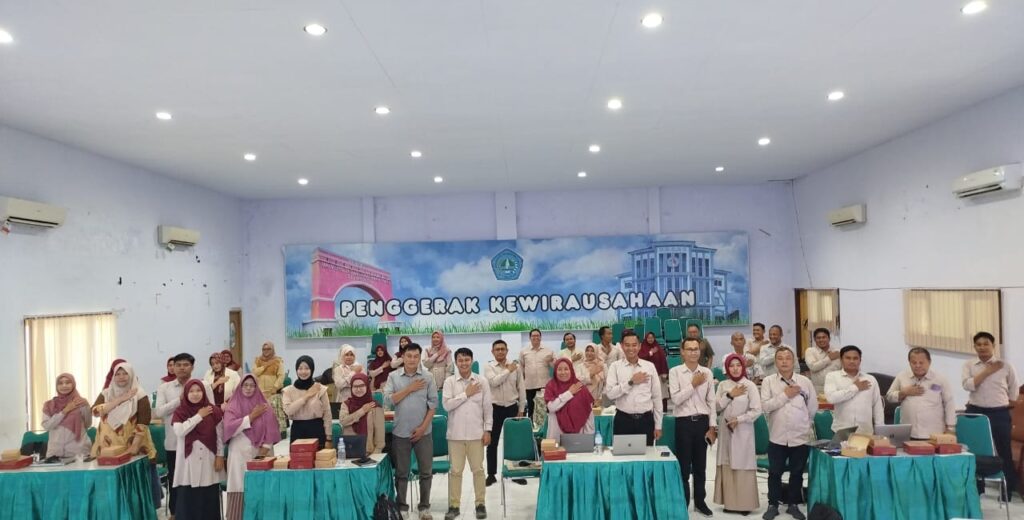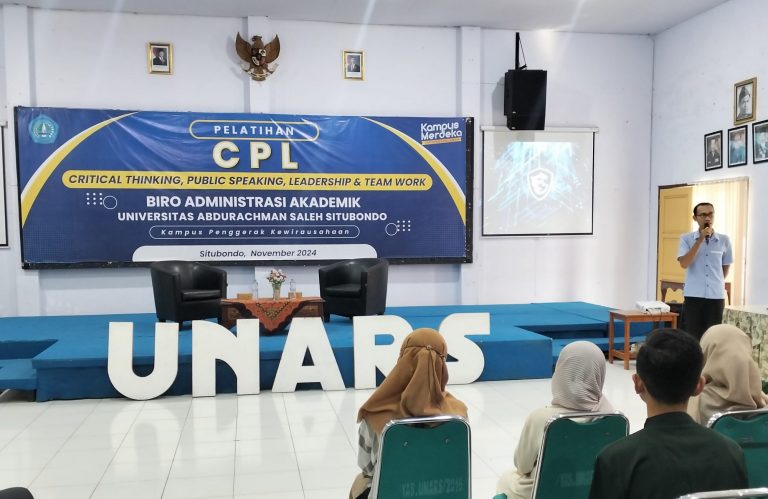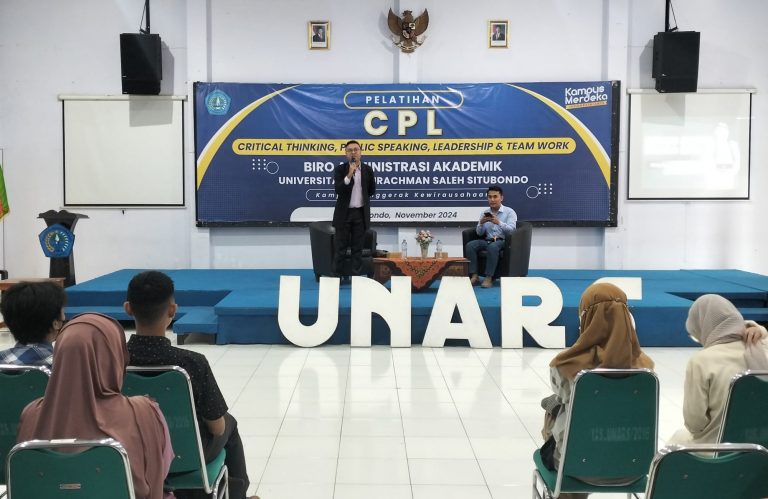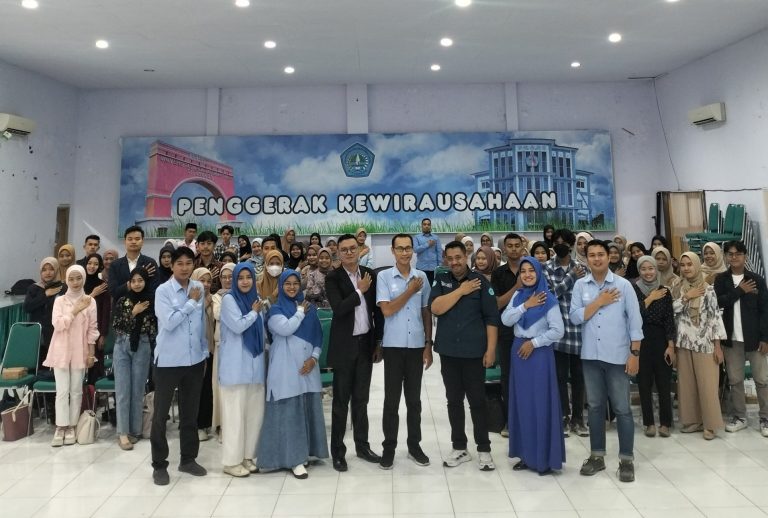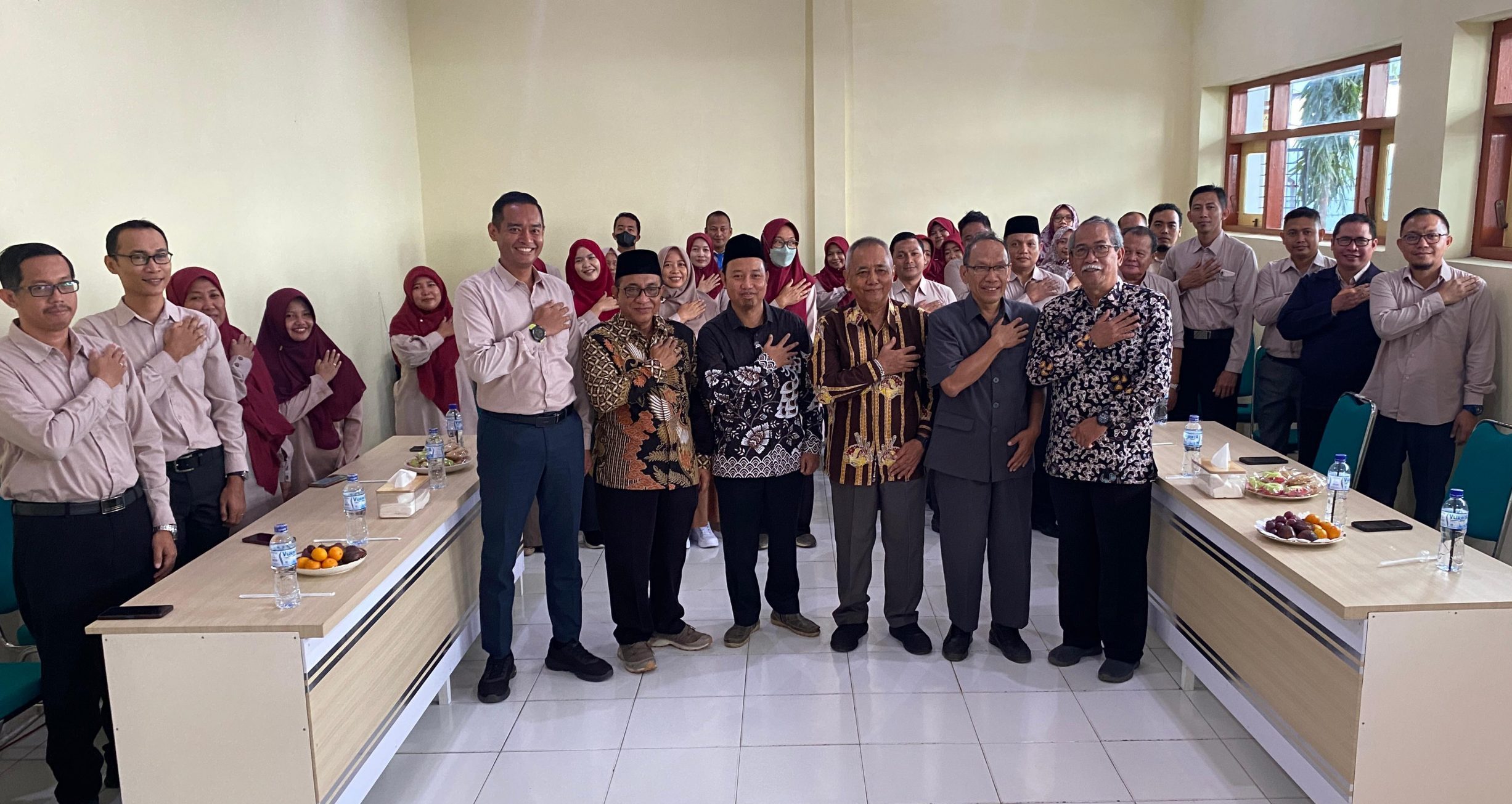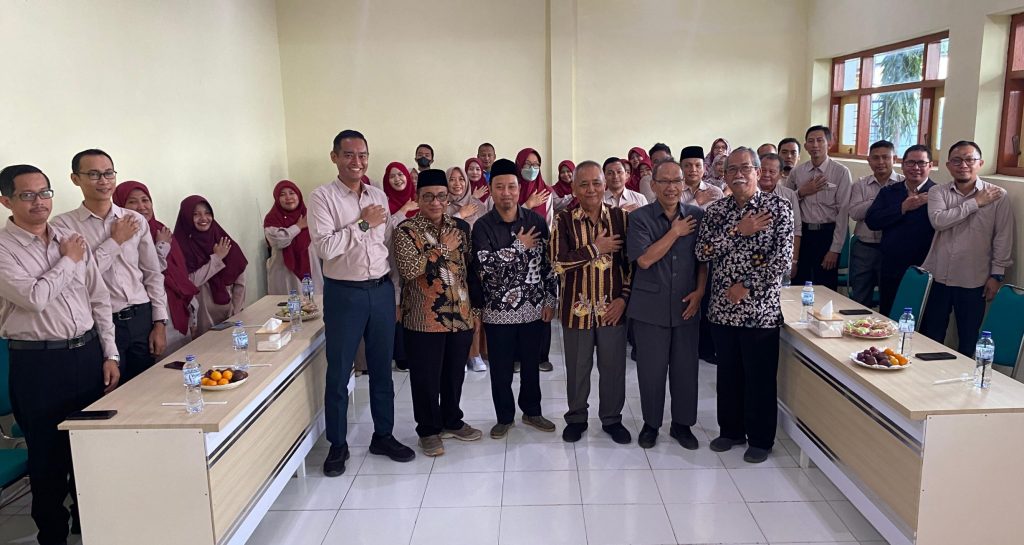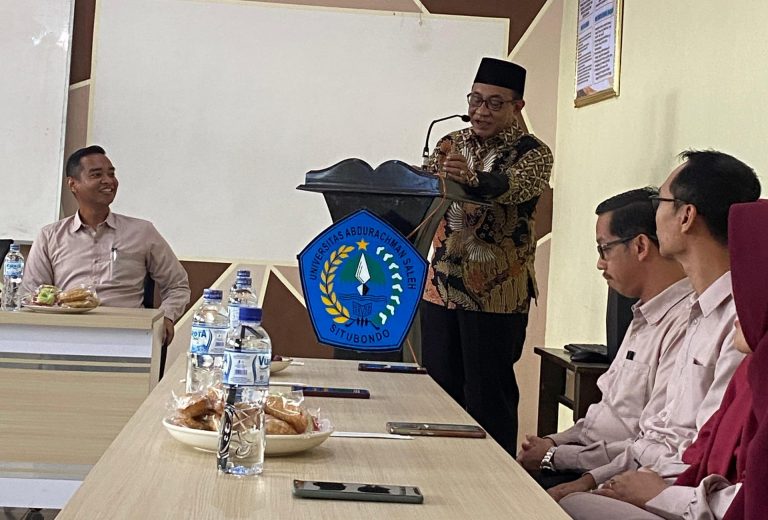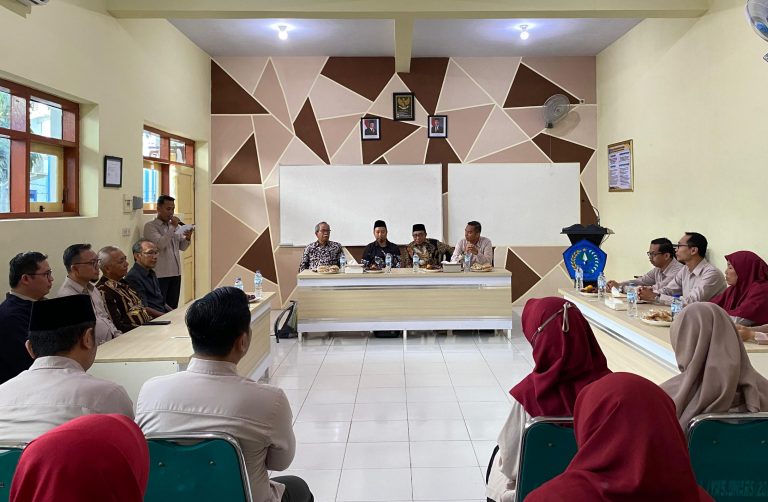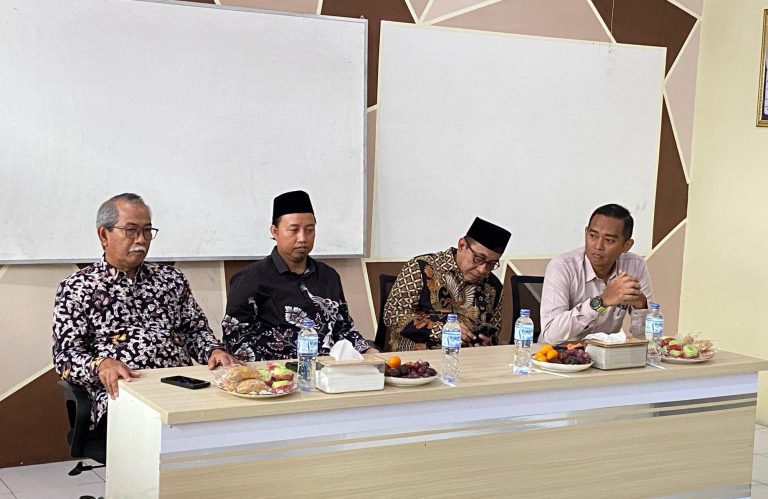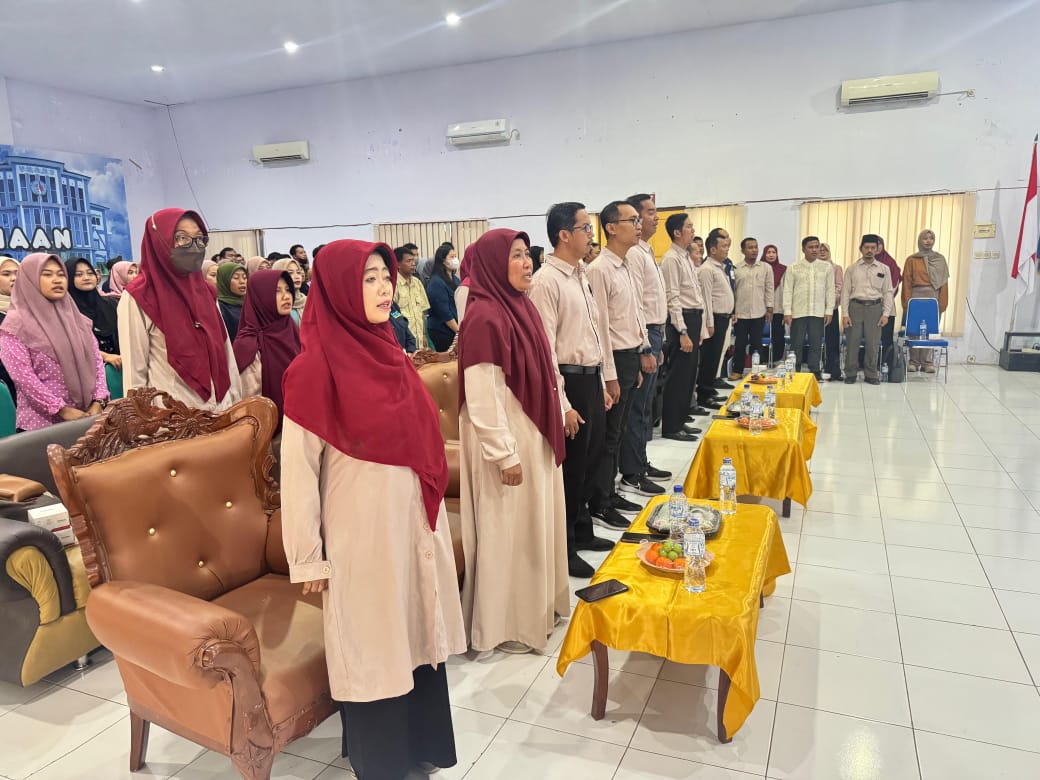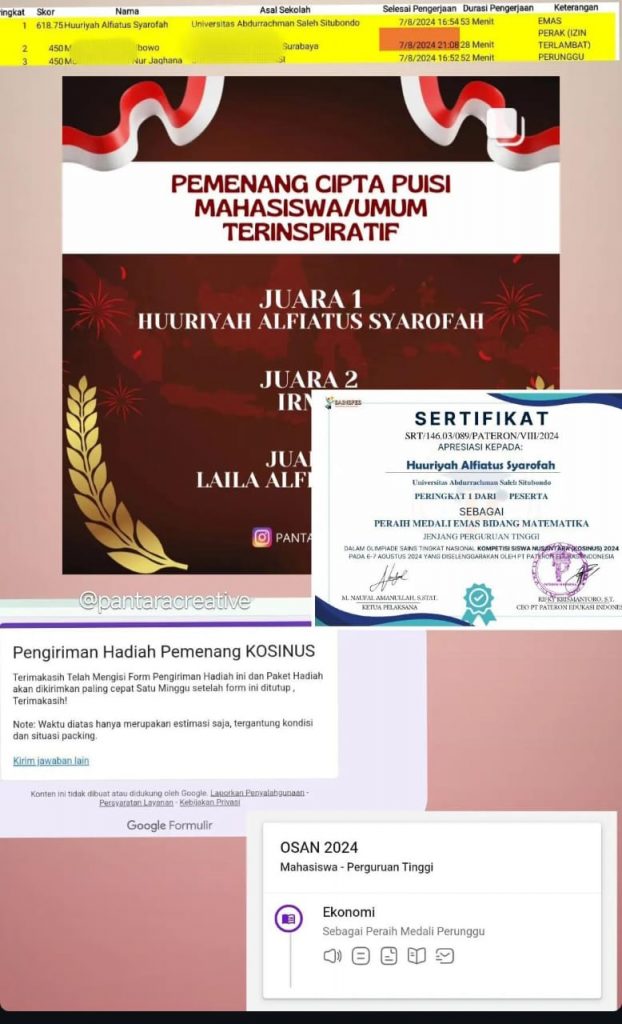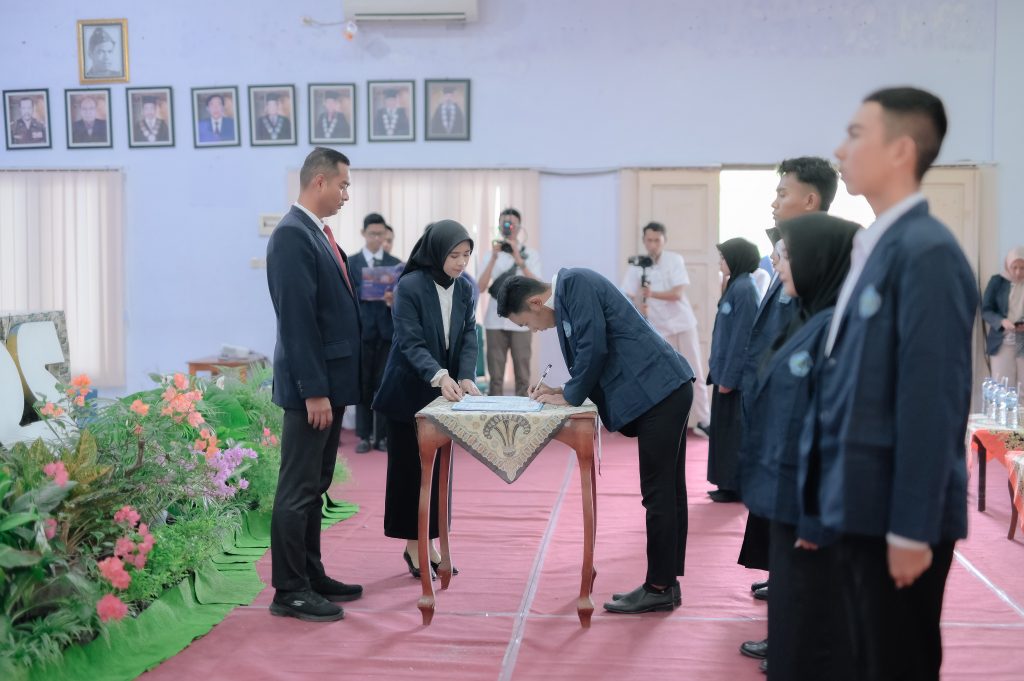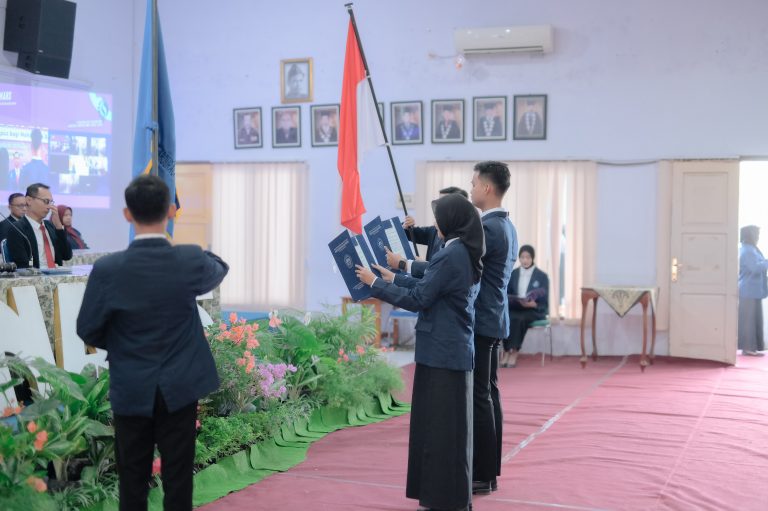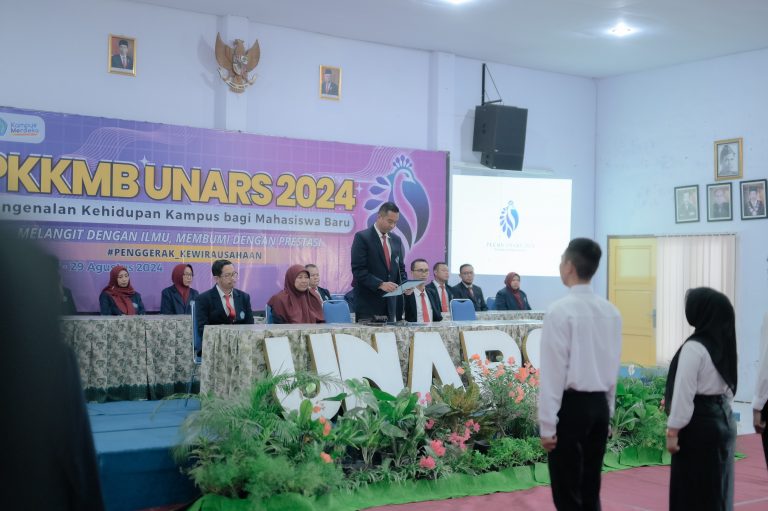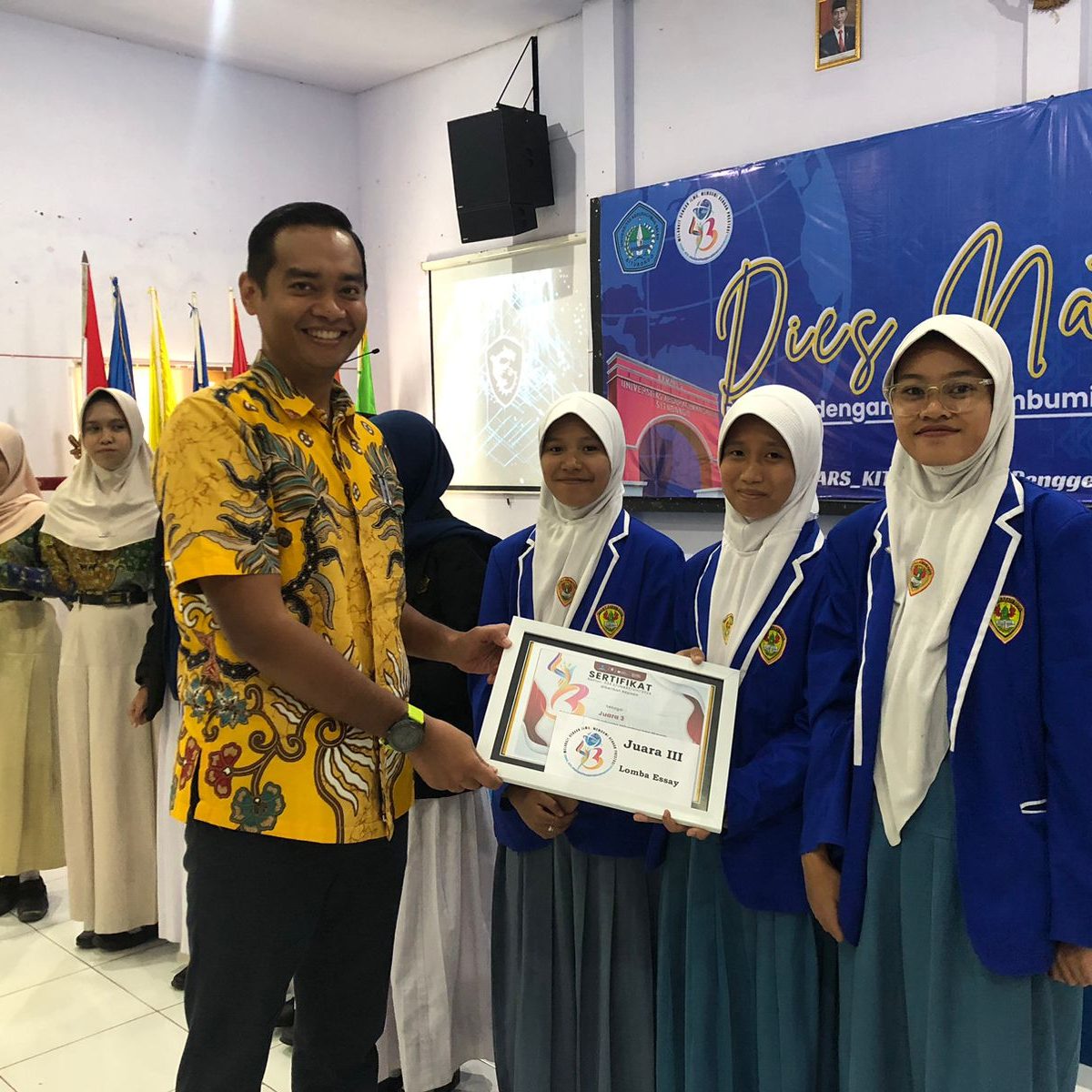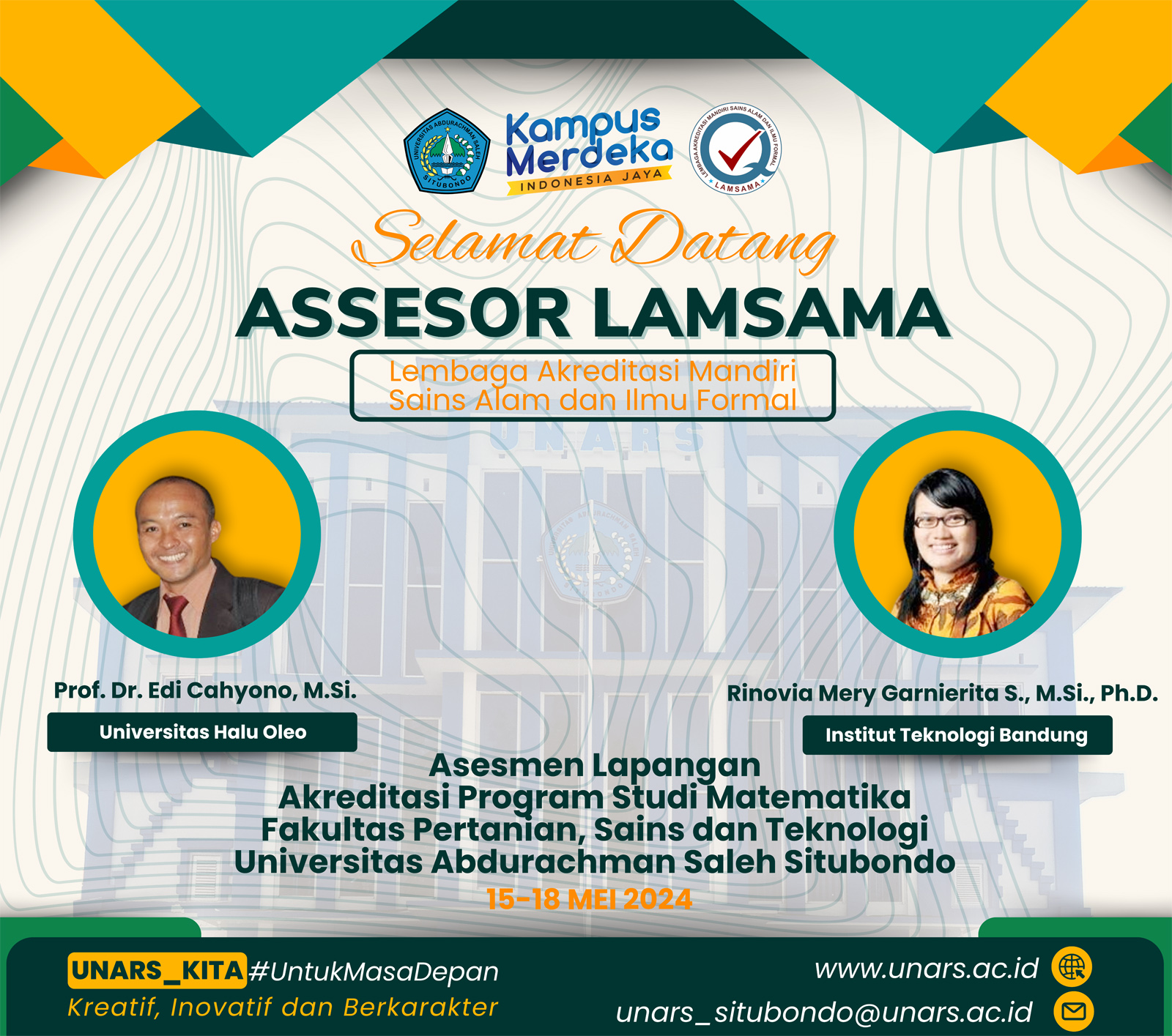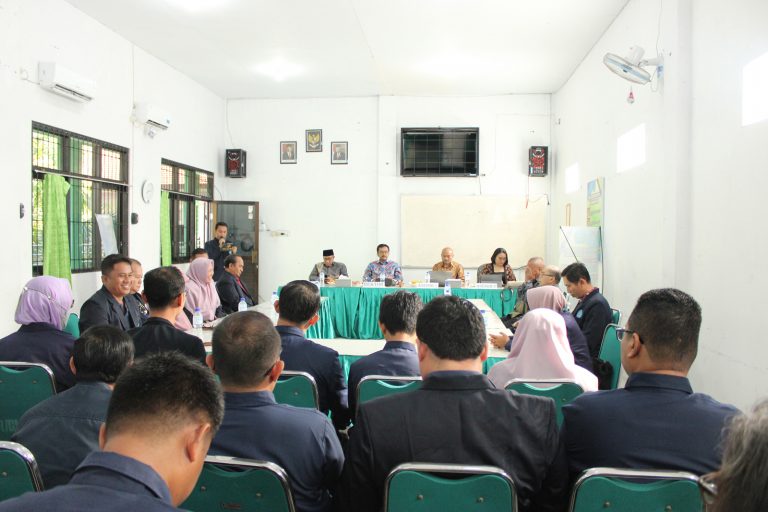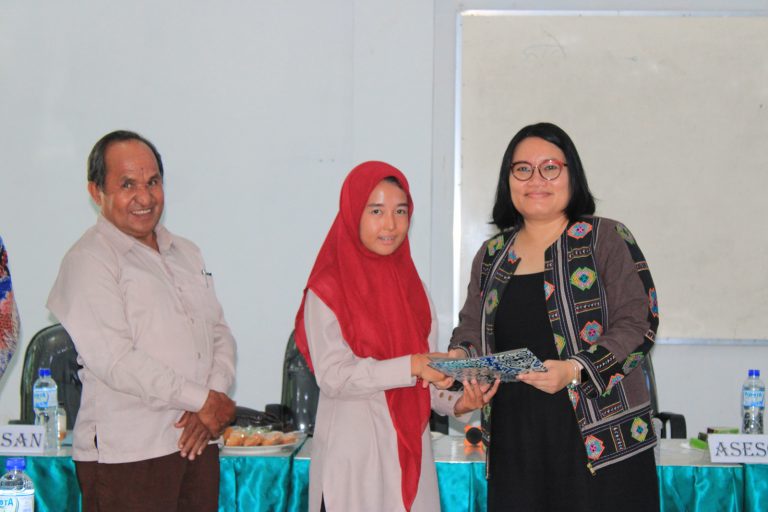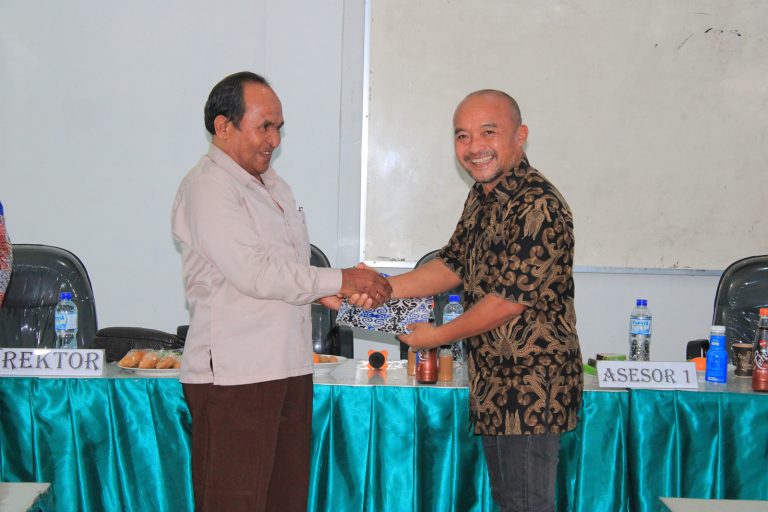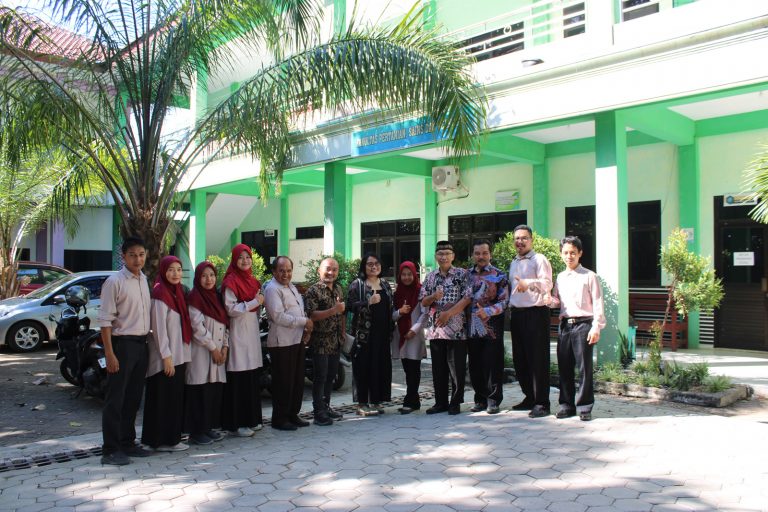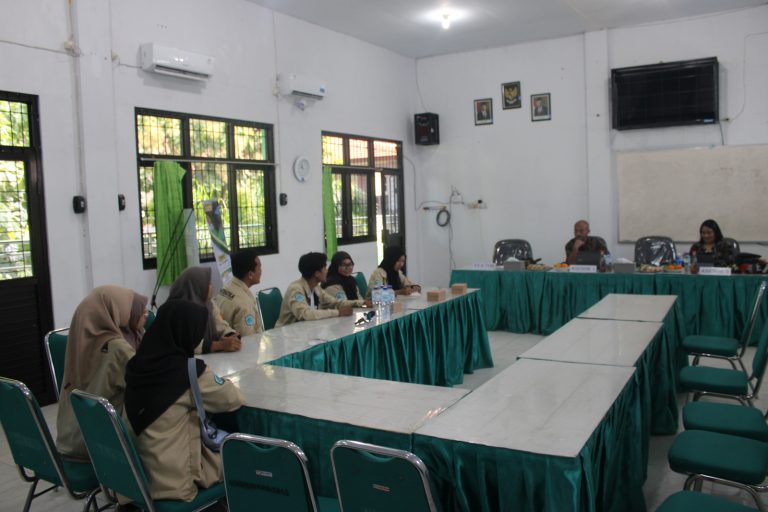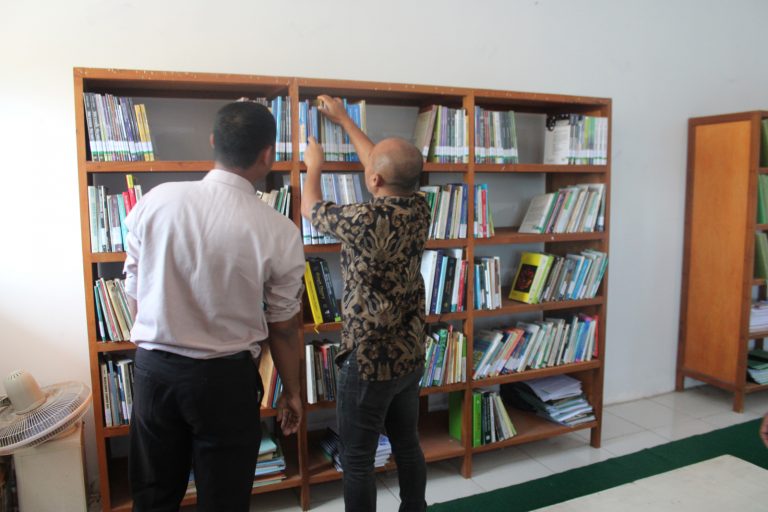Program Pascasarjana UNARS: Sukses Selenggarakan Sidang Tesis Angkatan Perdana
Universitas Abdurachman Saleh Situbondo (UNARS) mencatat sejarah baru dengan lulusan pascasarjana magister manajemen untuk pertama kalinya sejak berdirinya program tersebut, sebanyak 3 mahasiswa telah melaksanakan ujian tesis yaitu Crys Merriana, Mohamad Bisri dan Crystalia. Selanjutnya, lulusan berikutnya sebanyak 3 mahasiswa yaitu, Lindrawati, Andi Pramana, dan Alfinda Hapsari. Mereka resmi menyandang gelar magister manejemen.
Rektor UNARS, Dr. Muhammad Yusuf Ibrahim, S.H.,M.H menyampaikan rasa bangga atas capaian ini. “Ini adalah catatan penting bagi UNARS. Lulusan pascasarjana pertama ini menunjukkan bahwa kampus kita mampu bersaing dan terus berkembang sebagai institusi pendidikan tinggi,” ujarnya.
Program pascasarjana UNARS resmi dibuka pada tahun 2023, sejak awal, program ini telah menarik minat banyak kalangan, terutama para profesional dan tenaga pendidik di wilayah Situbondo, Jember, dan daerah tapal kuda.

Salah satu yang berhasil dalam sidang tesis, yaitu Lindrawati, menyampaikan rasa syukurnya bisa menjadi bagian dari sejarah kampus. “Kami merasa bangga bisa menjadi angkatan pertama. Ini bukan hanya pencapaian pribadi, tetapi juga bukti bahwa pendidikan di Situbondo terus maju,” katanya.
UNARS menyatakan komitmennya untuk terus meningkatkan kualitas akademik dan fasilitas, serta membuka prodi pada program pascasarjana baru di masa mendatang.
-
0 Komentar



